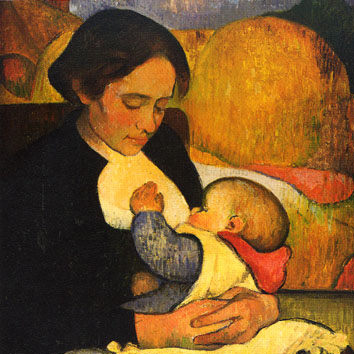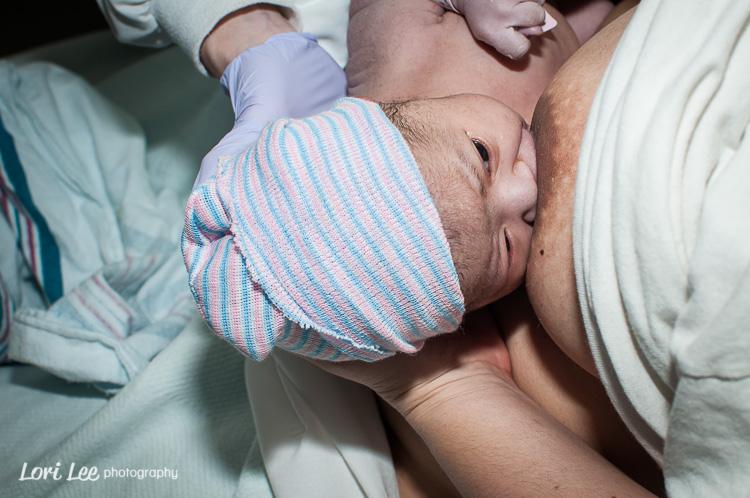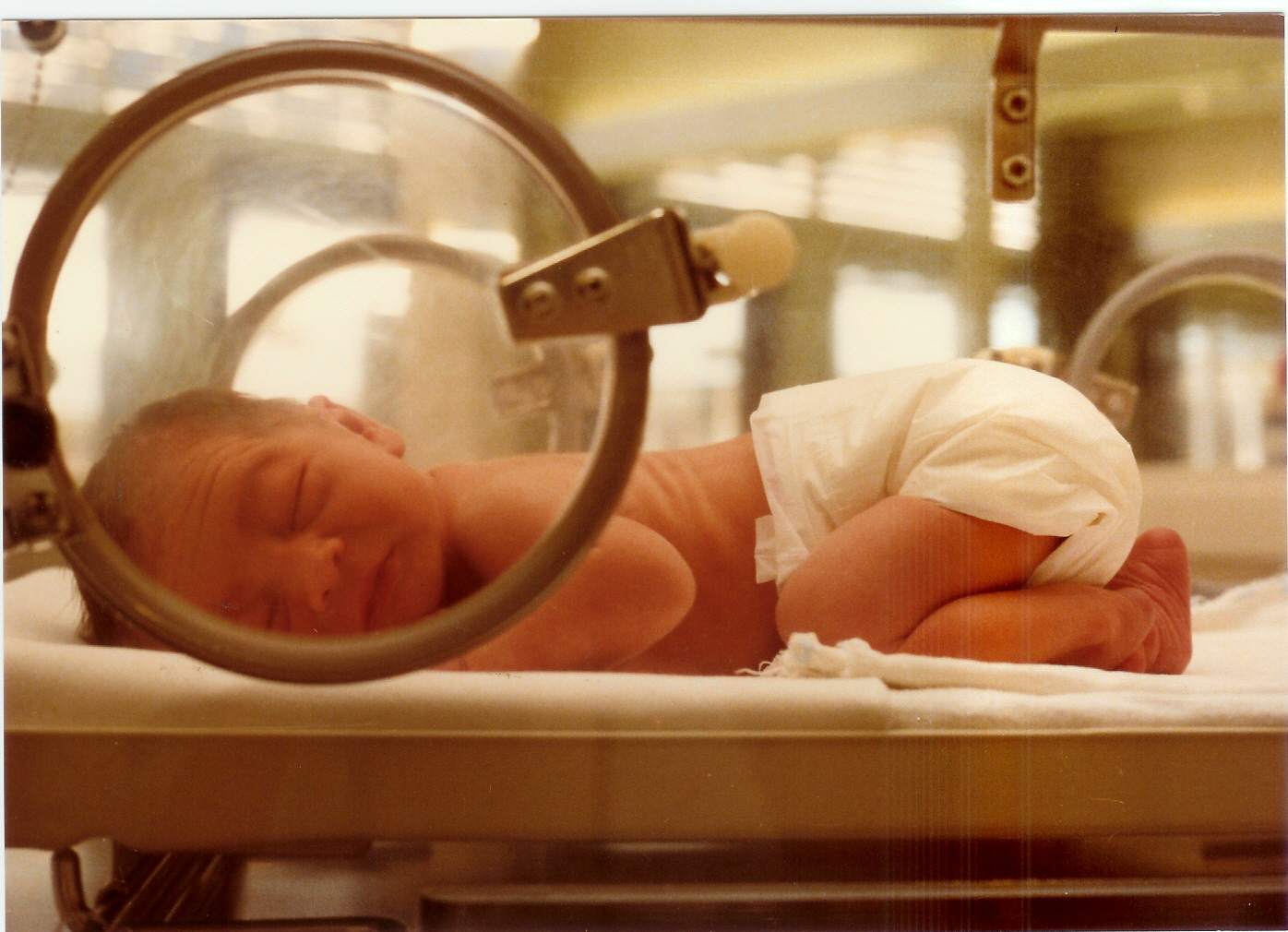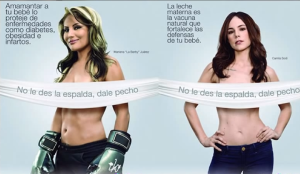Methadone Maintenance, HCV, and Breastfeeding
 Several times a year, Breastfeeding and Lactation of Jacksonville donates our expertise and our time to River Region Human Services in downtown Jacksonville through their Building Blocks program and we answer questions and teach breastfeeding classes to women who are choosing to breastfeed their babies while in a methadone maintenance treatment program.
Several times a year, Breastfeeding and Lactation of Jacksonville donates our expertise and our time to River Region Human Services in downtown Jacksonville through their Building Blocks program and we answer questions and teach breastfeeding classes to women who are choosing to breastfeed their babies while in a methadone maintenance treatment program.
In addition to the regular information about breastfeeding: latching techniques, infant feeding cues, etc., there are more specific considerations and information that women who are in a methadone maintenance program need to know. Because some of the women in maintenance programs are positive for Hepatitis C Virus, we also spend time discussing breastfeeding while being HCV-positive.
Why should we support women in their desires to breastfeed who are in methadone maintenance programs or are Hepatitis C positive?
It is important and meaningful for all mothers in general to be supported in breastfeeding and mothers who are beginning a new life may have additional needs to do things “right” with their baby. Breastfeeding promotes bonding as well as nutrition. The release of oxytocin during breastfeeding, the “love hormone”, is a natural aid for mothers to feel less stressed, more relaxed, and more protective of their baby. The baby who is breastfed gets all of the benefits of breastmilk without the risks associated with formula: greater risk of ear infections, greater risk of respiratory infections including pneumonia, greater risk of type 1 and type 2 diabetes, and greater risks of SIDS. Premature babies additionally have a greater risk of necrotizing enterocolitis (NEC), a life-threatening intestinal disease, if they are denied breastmilk. The American Academy of Pediatrics (AAP) encourages mothers who are in supervised methadone maintenance treatment programs and/or who are HCV-positive to breastfeed. In fact, babies born to mothers who are in methadone maintenance are especially needy of breastmilk, as discussed below.
Methadone Maintenance
How is breastfeeding compatible with methadone maintenance?
Pregnancy is often the wake-up call for women who have addictions to seek help while other mothers become pregnant while already in treatment–the time span needed on methadone maintenance can vary greatly. Mothers who are receiving methadone maintenance treatment during pregnancy will give birth to babies who are born with a dependency because of the exposure they received in-utero. When the baby is born, he will have the same concentration of methadone in his body that the mother does and will need to go through withdrawal treatment after birth. It is well observed that babies who are breastfed by their mothers during this treatment fare much better than babies who are formula fed. It is unknown whether it is the breastmilk by itself that is helping the baby or a combination of the fact that as a mother continues treatment, some of the methadone she receives as part of her maintenance will pass in low concentrations into her breastmilk, helping with withdrawal; estimates range from 1% to 5% of the weight-adjusted dose that the mother is taking enters breastmilk. Whether it is the breastmilk itself or the breastmilk working with the very small amounts of methadone that enters breastmilk, the low amounts of methadone present in milk is not enough to prevent neonatal abstinence syndrome. Babies born to mothers undergoing methadone treatment may have fewer withdrawal symptoms themselves, shorter hospital stays, shorter duration of abstinence therapy, and a shorter duration of treatment if they are breastfed. Breastmilk, therefore, is key. In the past, the AAP only recommended breastfeeding when mothers were recieving doses of less than 20mg/d, but in September 2001 the AAP changed their policy and considers breastfeeding to be beneficial no matter what the treatment dose the mother is on. More than a decade later, they have had no reason to change this policy.
Hepatitis C Virus (HCV)
If a mother is HCV-positive, how does this affect breastfeeding?
There are currently no confirmed reports of any baby contracting HCV through breastfeeding, though a small number of infants (3-5% if mother is also HIV-negative) become infected through pregnancy and birth. Because hepatitis C is contracted through the blood and is not present in human milk in infectious amounts, the Center for Disease Control (CDC) and the American Academy of Pediatrics (AAP) state that mothers may breastfeed and/or express milk to feed their baby if they are HCV-positive or have the hepatitis C antibody. However, since it is unknown if bleeding, damaged nipples can spread hepatitis C to the baby, mothers who are experiencing this difficulty and are HCV-positive should express and discard their milk during this time from the breast that has an open wound and feed their baby from the unaffected breast. If both breasts are affected, she should feed the baby previously expressed milk or formula so that the baby does not come into direct contact with her blood. When a mother’s nipple damage has healed, she may once again feed her baby at that breast.
It is important to note that damaged nipples can usually be avoided with proper attention to latch. It is especially crucial, therefore, for women who are HCV-positive to not accept painful nipples as a normal part of breastfeeding, as this pain could be evidence of a bad latch or other problems that may eventually cause cracks and bleeding in the nipple if not corrected. If breastfeeding hurts, she should have timely access to an IBCLC who can assess the situation and give her the assistance she needs to nurse her baby successfully.
Some mothers may be taking medicines to treat hepatitis C, as antiviral medications are typically taken for either 6 months or a year, depending on the genotype of the particular virus. Interferons plus ribavirin is a common choice. Interferons are large molecules which “are probably exceedingly low” in breastmilk. Ribavirin also does not transfer to milk well and is mostly destroyed in the stomach. It does tend to accumulate in the body and if there is long term exposure, it is theoretically possible that it could contribute to anemia. Newer medications are also in use and are becoming preferred due to fewer side effects, such as Harvoni (a combination of ledipasvir and sofosbuvir). Although it is too early for human data, animal research showed no ill effects on the unborn or nursing animal studies at 5-fold the dose (and higher, with some components) that a person would take of Harvoni. Nursing mothers should be working with a breastfeeding-supportive physician to determine what the best course of treatment is for their particular situation.
It is imperative for a woman who wishes to breastfeed to be surrounded by support and knowledge. Despite the American Academy of Pediatrics clearing women who are in methadone maintenance treatment programs at any dose to be able to nurse their babies, some pediatricians remain uncomfortable with it. Some of the mothers who have attended our classes describe highly supportive physicians while others recount being told that breastfeeding during treatment would be tantamount to “child abuse.” If her pediatrician is unfamiliar with the AAP recommendations and does not wish to be educated or chooses not to believe the research that the AAP bases its recommendations on, it is usually in their interest to seek out another pediatric practice. In addition to support from her health care providers, breastfeeding mothers benefit greatly by immersing themselves in a supportive community. We encourage attendance at La Leche League Meetings and other community breastfeeding groups, such as hospital support groups and the peer-counselor support groups found through WIC.
http://www.ncbi.nlm.nih.gov/pmc/articles/PMC2812877/
http://www.gilead.com/~/media/Files/pdfs/medicines/liver-disease/harvoni/harvoni_pi.pdf
http://www.cdc.gov/breastfeeding/disease/hepatitis.htm
http://www2.aap.org/breastfeeding/policyonbreastfeedinganduseofhumanmilk.html
http://www.drugs.com/breastfeeding/methadone.html
http://www.cfp.ca/content/54/12/1689.full.pdf+html
http://depts.washington.edu/hepstudy/hepC/prevention/hcvpnt/discussion.html
http://www.hepatitisaustralia.com/women-and-hep-c/
Thomas W. Hale, PhD. and Hilary E. Rowe. Medications and Mother’s Milk 2014. Plano, TX: Hale Publishing, L.P. 2014. Print.
~Chrissy Bodin, IBCLC





